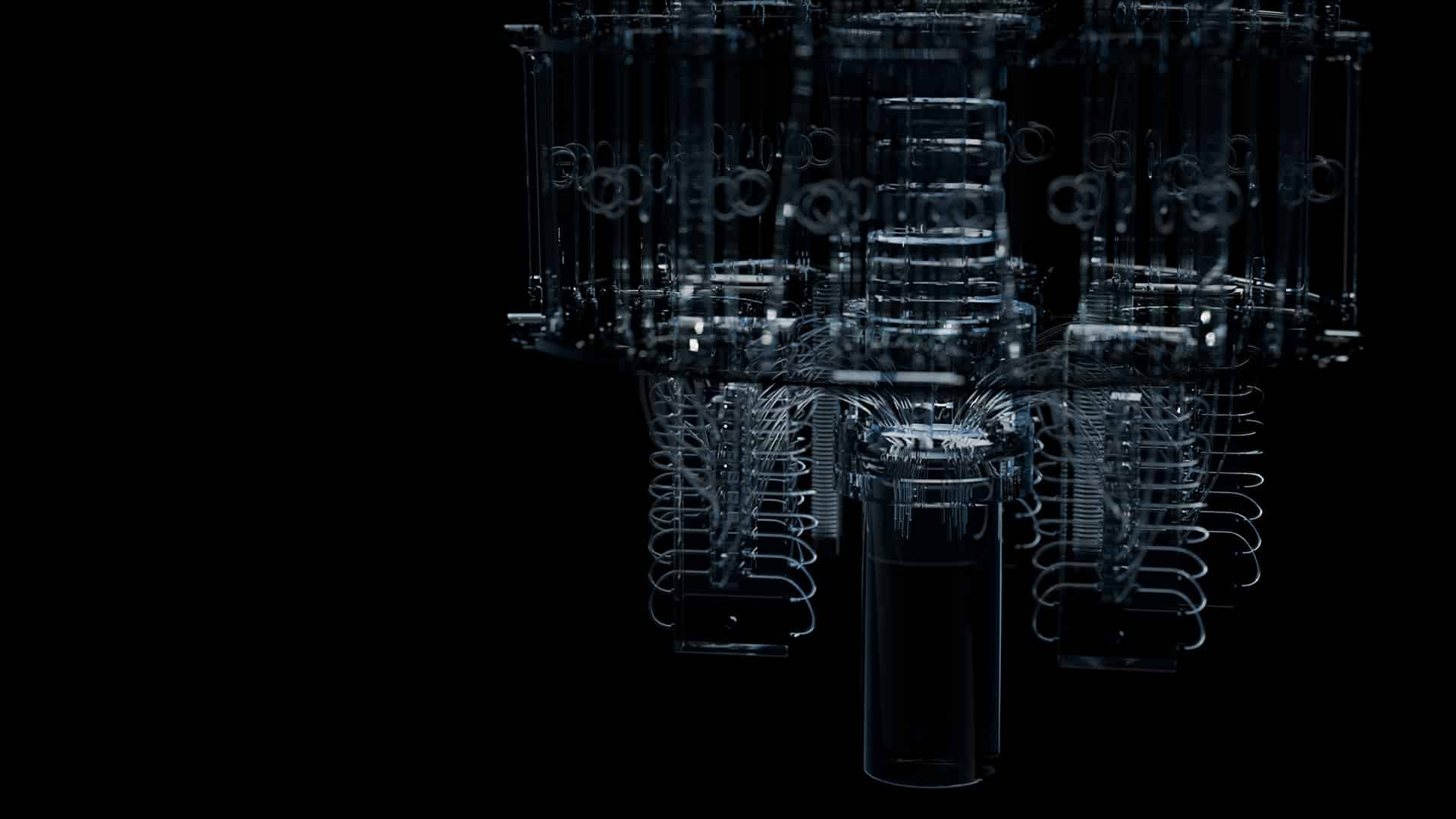
Analysis printed earlier this month within the science journal Nature used NVIDIA-powered supercomputers to validate a pathway towards the commercialization of quantum computing.
The analysis, led by Nobel laureate Giorgio Parisi, focuses on quantum annealing, a technique which will in the future deal with complicated optimization issues which can be terribly difficult to standard computer systems.
To conduct their analysis, the crew utilized 2 million GPU computing hours on the Leonardo facility (Cineca, in Bologna, Italy), practically 160,000 GPU computing hours on the Meluxina-GPU cluster, in Luxembourg, and 10,000 GPU hours from the Spanish Supercomputing Community. Moreover, they accessed the Dariah cluster, in Lecce, Italy.
They used these state-of-the-art sources to simulate the habits of a sure type of quantum computing system often called a quantum annealer.
Quantum computer systems basically rethink how info is computed to allow completely new options.
In contrast to classical computer systems, which course of info in binary — 0s and 1s — quantum computer systems use quantum bits or qubits that may permit info to be processed in completely new methods.
Quantum annealers are a particular kind of quantum laptop that, although not universally helpful, could have benefits for fixing sure sorts of optimization issues.
The paper, “The Quantum Transition of the Two-Dimensional Ising Spin Glass,” represents a big step in understanding the section transition — a change within the properties of a quantum system — of Ising spin glass, a disordered magnetic materials in a two-dimensional airplane, a essential downside in computational physics.
The paper addresses the issue of how the properties of magnetic particles organized in a two-dimensional airplane can abruptly change their habits.
The research additionally exhibits how GPU-powered methods play a key function in growing approaches to quantum computing.
GPU-accelerated simulations permit researchers to know the complicated methods’ habits in growing quantum computer systems, illuminating probably the most promising paths ahead.
Quantum annealers, just like the methods developed by the pioneering quantum computing firm D-Wave, function by methodically reducing a magnetic subject that’s utilized to a set of magnetically vulnerable particles.
When sturdy sufficient, the utilized subject will act to align the magnetic orientation of the particles — just like how iron filings will uniformly stand to consideration close to a bar magnet.
If the energy of the sector is assorted slowly sufficient, the magnetic particles will organize themselves to reduce the power of the ultimate association.
Discovering this steady, minimum-energy state is essential in a very complicated and disordered magnetic system often called a spin glass since quantum annealers can encode sure sorts of issues into the spin glass’s minimum-energy configuration.
Discovering the steady association of the spin glass then solves the issue.
Understanding these methods helps scientists develop higher algorithms for fixing tough issues by mimicking how nature offers with complexity and dysfunction.
That’s essential for advancing quantum annealing and its purposes in fixing extraordinarily tough computational issues that at the moment don’t have any recognized environment friendly resolution — issues which can be pervasive in fields starting from logistics to cryptography.
In contrast to gate-model quantum computer systems, which function by making use of a sequence of quantum gates, quantum annealers permit a quantum system to evolve freely in time.
This isn’t a common laptop — a tool able to performing any computation given adequate time and sources — however could have benefits for fixing specific units of optimization issues in software areas reminiscent of car routing, portfolio optimization and protein folding.
By means of in depth simulations carried out on NVIDIA GPUs, the researchers discovered how key parameters of the spin glasses making up quantum annealers change throughout their operation, permitting a greater understanding of learn how to use these methods to attain a quantum speedup on necessary issues.
A lot of the work for this groundbreaking paper was first introduced at NVIDIA’s GTC 2024 expertise convention. Learn the complete paper and study extra about NVIDIA’s work in quantum computing.

